
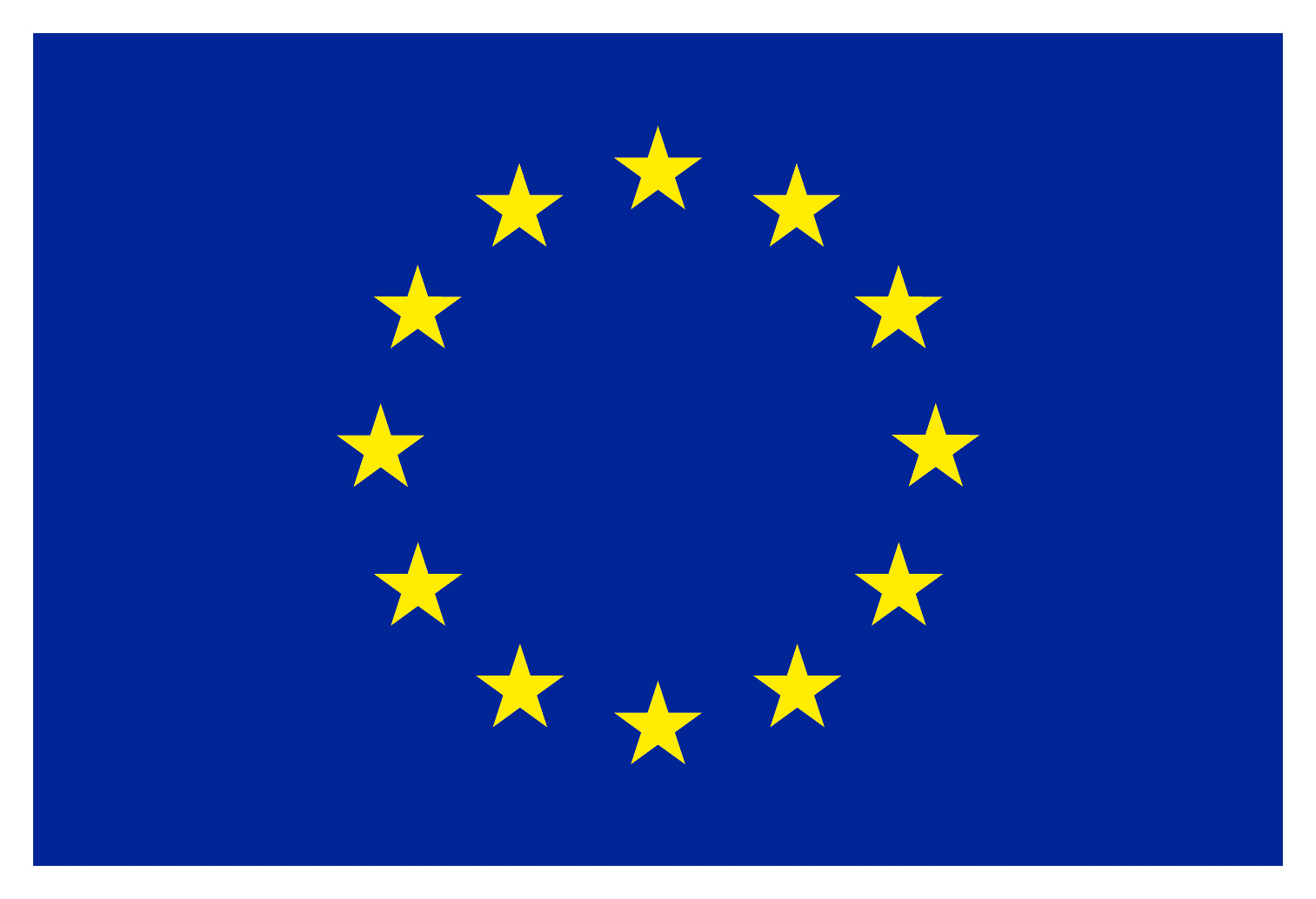
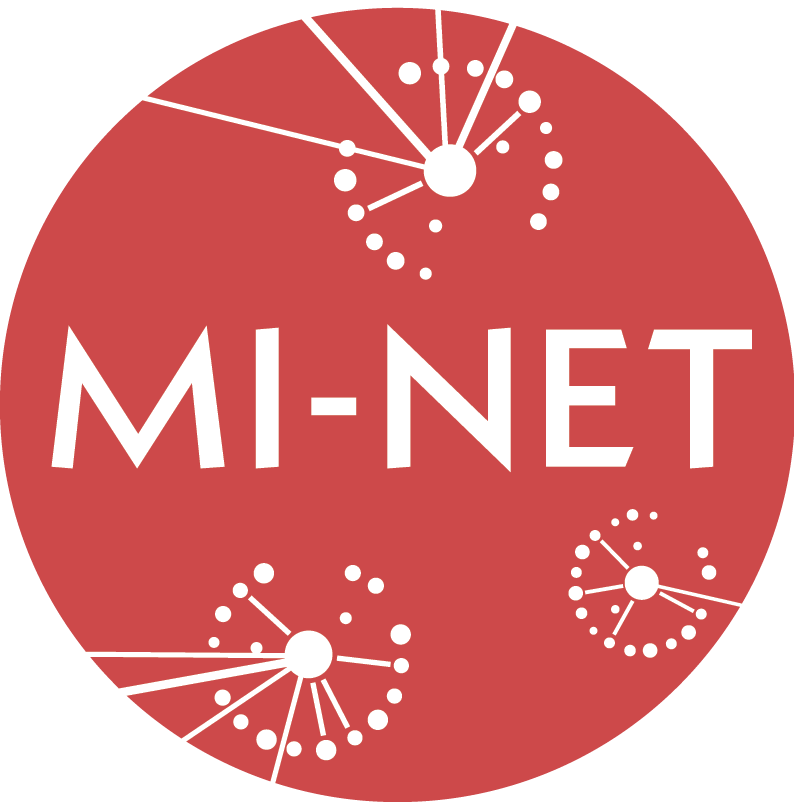
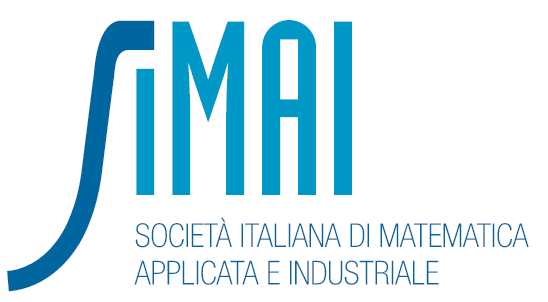
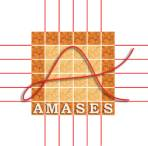
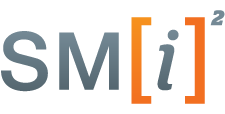



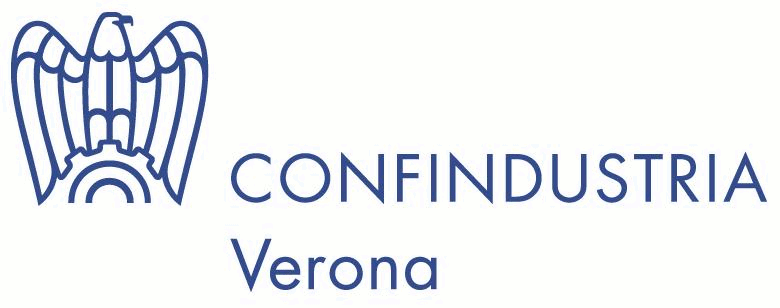










| Home |
| Projects |
| Schedule |
| Venue and accomodation |
| Registration and fees payment |
| Participants |
| Organising Committee and Information |
| Sponsors |
| Francesco CORDONI, | U. of Trento |
| Chiara BENAZZOLI, | U. of Trento |
| Alessandro MELLA, | U. of Verona |
| Matteo FRIGO, | U. of Verona |
| Sanja RUZICIC, | U. of Novi Sad |
| Gennaro CIBELLI, | U. of Modena |
| Chiara PIAZZOLA, | U. of Innsbruck |
| Carlo COMIN, | U. of Trento |
| Marcella BONAZZOLI, | U. of Nice |
| Christian MUENCH, | TU Munich |
| Martina PRUGGER, | U. of Innsbruck |
| Roberto ZANOTTI, | U. of Brescia |
| Simon RABANSER, | U. of Innsbruck |
| Mauro BONAFINI, | U. of Trento |
| Elena GABURRO, | U. of Trento |
| Giovanni MARINI, | U. of Trento |
| Federico REALI, | U. of Trento |
| Chiara VENTURINI, | U. of Verona |
| Marcus CORDI, | Centrale Supelec |
| Massimiliano ROSSI, | U. of Verona |
| Andrea CRACCO, | U. of Verona |
| Emanuele CITTADINO, | U. of Verona |
| Filippo MELA, | U. of Verona |
| Ihor SHARMANSKY, | U. of Verona |
| Renata MANSINI, | U. of Brescia |
| Daniele MANERBA, | U. of Brescia |
| Beniamino PAOLETTI, | Iason Roma |
| Michele BONOLLO, | IMT Lucca |
| Paola CAUSIN, | U. of Milan |
| Carlo DEFALCO, | Polytechnic Milan |
| Luca DIPERSIO, | U. of Verona |
| Romeo RIZZI, | U. of Verona |
| Marco CALIARI, | U. of Verona |
| Antonio MARIGONDA, | U. of Verona |
| Giandomenico ORLANDI, | U. of Verona |
| Giacomina BRUTTOMESSO, | U. of Verona |
| Aurora MIORELLI, | U. of Verona |
| Title | Name | Surname | Job Title | Role |
|---|---|---|---|---|
| Dr. | Luca | Di Persio | Researcher, U. of Verona | problem selection/supervision |
| Prof. | Romeo | Rizzi | Assoc. Professor, U. of Verona | instructor |
| Prof. | Renata | Mansini | Assoc. Professor, U. of Bescia | problem selection/supervision |
| Prof. | Marco | Caliari | Assoc. Professor, U. of Verona | web site/dissemination |
| Dr. | Michele | Bonollo | Consultant, IASON LTD | instructor |
| Dr. | Antonio | Marigonda | Researcher, U. of Verona | problem selection/supervision |
| Prof. | Giandomenico | Orlandi | Professor, U. of Verona | coordinator |
 .
.